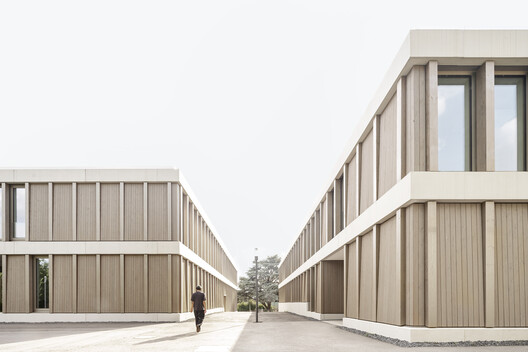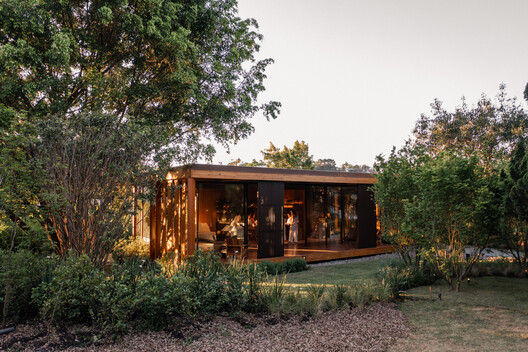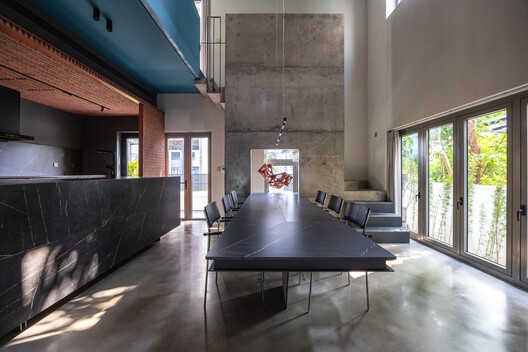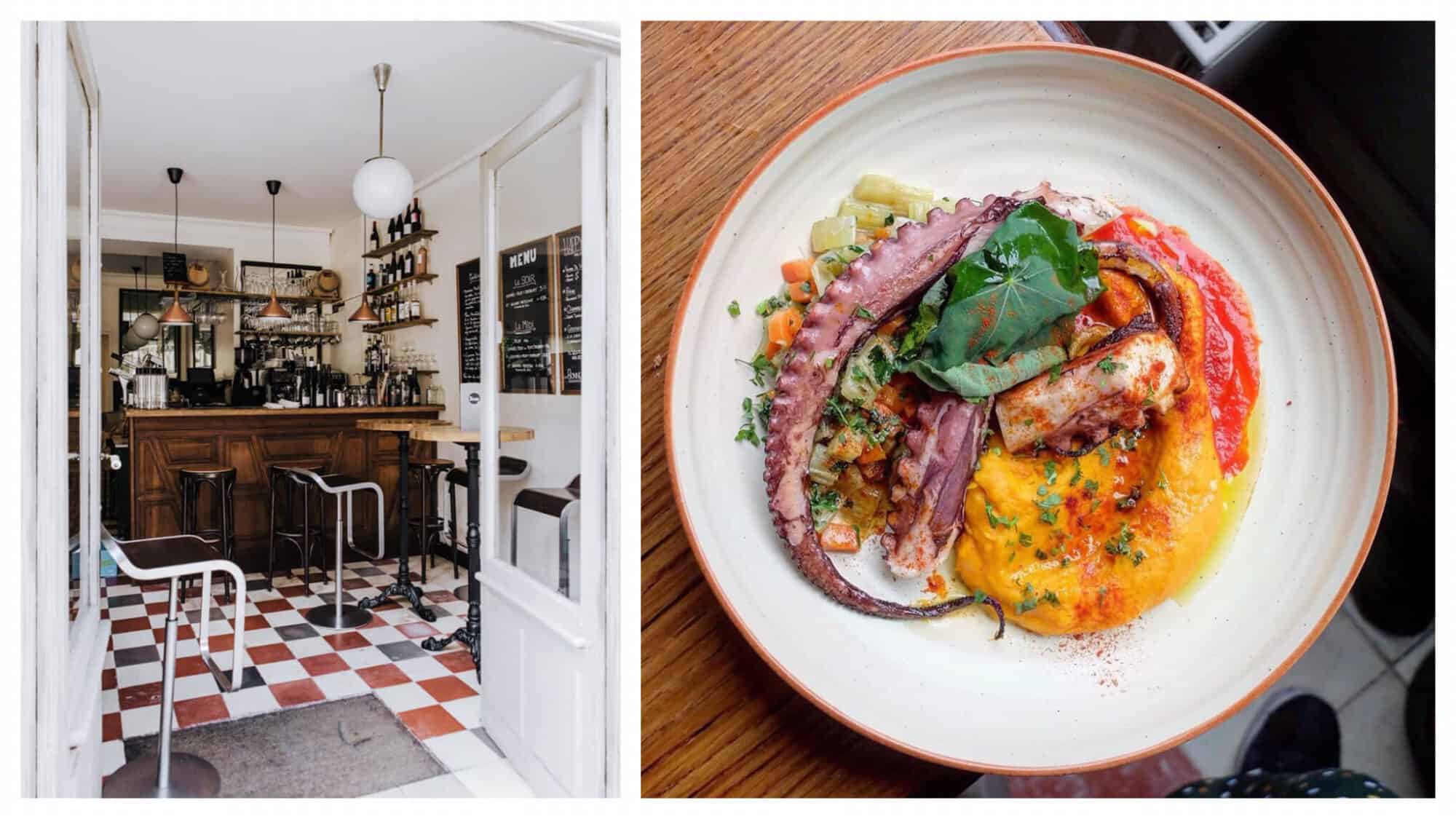Building Multilingual Telemedicine Apps: Localization, UX, and Regulatory Tips
In this guide, we break down how to build scalable, user-friendly, and regulation-compliant multilingual telemedicine apps, with real-world best practices and development insights.
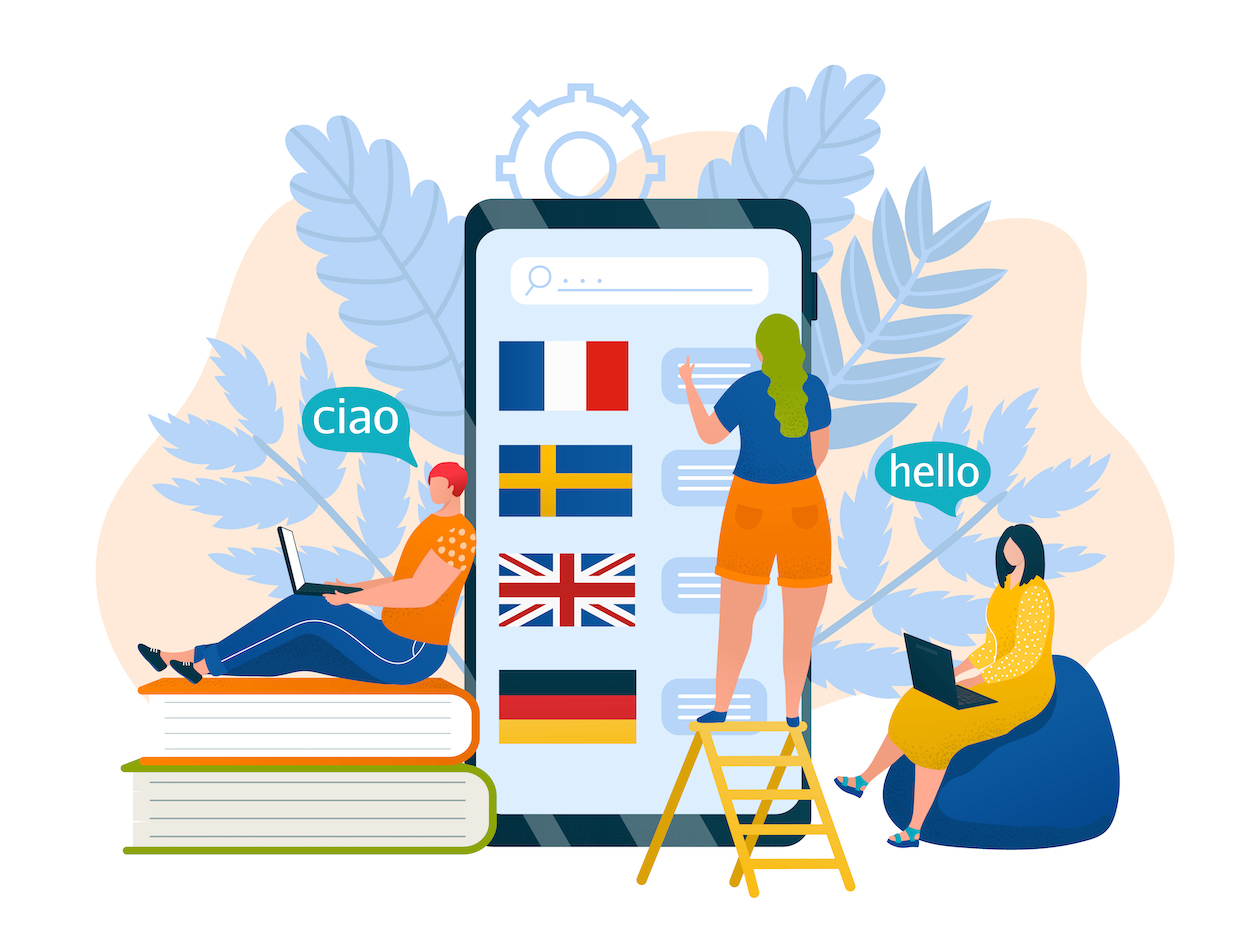
Telemedicine is no longer a “nice-to-have”—it’s a critical part of global healthcare. But while virtual care is expanding fast, not all users experience it equally. Language barriers, culturally insensitive UX, and non-compliant localization are turning away millions of potential users. To truly scale, telemedicine apps must go multilingual.
From rural India to urban Los Angeles, healthcare access depends not just on technology, but on inclusivity. If you're working with a mobile app development company in Los Angeles, you already understand how localization shapes app success in diverse, multilingual communities. Whether you're scaling to new geographies or building for local patients with limited English proficiency, linguistic accessibility is foundational to virtual care equity.
For health startups or providers partnering with a seasoned mobile app development company, multilingual support isn’t just a feature—it’s a requirement for responsible design. In this guide, we break down how to build scalable, user-friendly, and regulation-compliant multilingual telemedicine apps, with real-world best practices and development insights.
Why Multilingual Matters in Telehealth
According to the World Health Organization, over 1.5 billion people worldwide do not speak English. Even in countries like the U.S., more than 25 million residents have limited English proficiency (LEP). Now imagine being sick and trying to navigate a healthcare app in a language you don’t understand.
Localization enables your telemedicine app to:
· Reach wider markets
· Improve user trust and retention
· Ensure medical accuracy and safety
· Comply with local language laws in health services (e.g., Quebec’s Bill 96 or Spain’s healthcare language mandates)
In short, language access is healthcare access.
Start with Localization, Not Just Translation
One of the most common mistakes developers make is treating localization like a last-minute translation task. But building for multilingual audiences starts much earlier—in UX, development architecture, and regulatory planning.
Here’s the difference:
· Translation changes the words.
· Localization adapts the entire experience—language, layout, medical terms, visuals, tone, and cultural context.
· For example, a telemedicine app for patients in Japan should not only be in Japanese but also:
· Display calendars in the local format (YYYY/MM/DD)
· Accommodate text that reads top-down or uses longer phrases
· Avoid Western medical metaphors or culturally specific health prompts
Designing with localization in mind means your app is structurally prepared for scale—not patched together for each market.
UX Design for Multilingual Users
A seamless multilingual experience requires more than swapping out text. Here are key UX elements to consider:
1. Flexible UI Layouts
Languages like German or Finnish have much longer phrases than English. Your design must accommodate expanding buttons, labels, and error messages without breaking.
2. RTL Support
For Arabic, Hebrew, and Urdu, your layout must support right-to-left (RTL) reading. This affects navigation, animations, alignment, and even icons.
3. Culturally Sensitive Visuals
Avoid using health-related imagery that may not translate across cultures (e.g., food, attire, gestures). Localized illustrations or icon sets increase comfort and trust.
4. Voice and Video Language Settings
Telemedicine often involves real-time consultations. Allow users to select language preferences for both the UI and communication features—such as subtitle overlays, interpreter integrations, or multilingual chat.
5. Onboarding in Native Language
Ensure your first interaction (registration, permissions, consent forms) is in the user’s native language. Misunderstandings here can lead to app abandonment—or worse, health risks.
Development Best Practices for Localization
1. Internationalization (i18n) From Day One
Use localization frameworks (e.g., react-intl, i18next, Android Resources) to separate content from code. This makes it easy to add new languages without rewriting your app.
2. Content Management
Store all strings, UI text, and labels in a centralized translation management system (TMS). Tools like Lokalise or PhraseApp streamline workflows between dev teams and translators.
3. Modular Language Files
Organize translations by feature/module (e.g., appointments.json, chat.json, prescriptions.json) to enable partial updates and minimize app-breaking changes.
4. In-App Language Switching
Always offer a manual toggle for language selection. Don’t rely solely on OS-level language detection, especially for multilingual households.
Compliance: Localization and Medical Regulations
Building a multilingual telemedicine app means complying with local healthcare regulations, which vary drastically between regions. Here's what to look out for:
Europe (GDPR + Language Laws)
· GDPR requires clear consent, meaning consent forms must be available in the user’s primary language.
· Countries like France and Belgium mandate health services be offered in French and Dutch respectively.
· Store data on regional servers when possible to ensure sovereignty.
United States (HIPAA + Section 1557)
· Title VI of the Civil Rights Act requires healthcare providers to offer language assistance to LEP individuals.
· Section 1557 of the Affordable Care Act requires non-English taglines on medical materials in the top 15 spoken languages per state.
· Ensure interpreters or translated telehealth consultations are documented for audit trails.
APAC Regions
· Japan, South Korea, and China require language-specific medical disclaimers and labeling for diagnostic tools.
· India’s telehealth regulations recommend multilingual accessibility for public health apps.
Final Thoughts
Going multilingual in telemedicine isn’t just a product enhancement—it’s a necessity for inclusive care. Patients deserve safe, intuitive, and language-appropriate access to healthcare, no matter where they live or what language they speak.
To succeed, your telehealth app needs more than medical functionality. It requires thoughtful UX, i18n-ready code, cultural sensitivity, and airtight compliance. Whether you're entering global markets or serving diverse local communities, investing in localization is how your telemedicine product scales ethically—and effectively.
With the right strategy and the right development team behind you, your app can bridge language gaps and expand access to care for millions around the world.
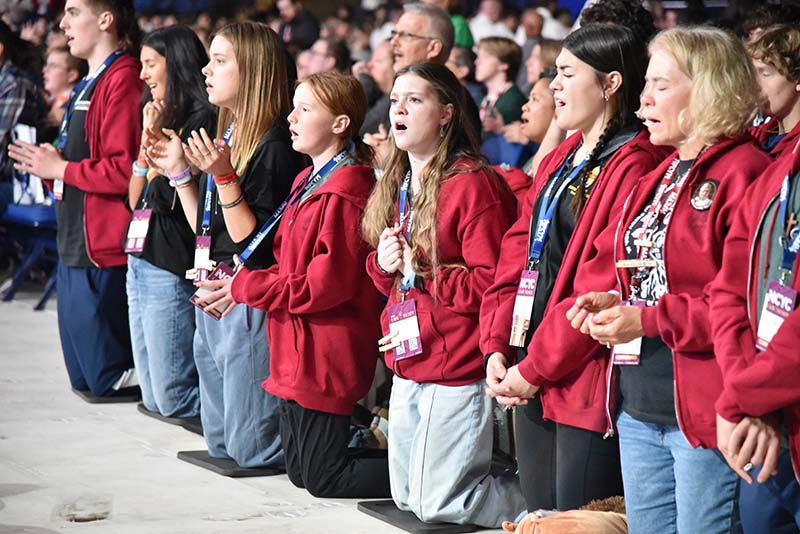


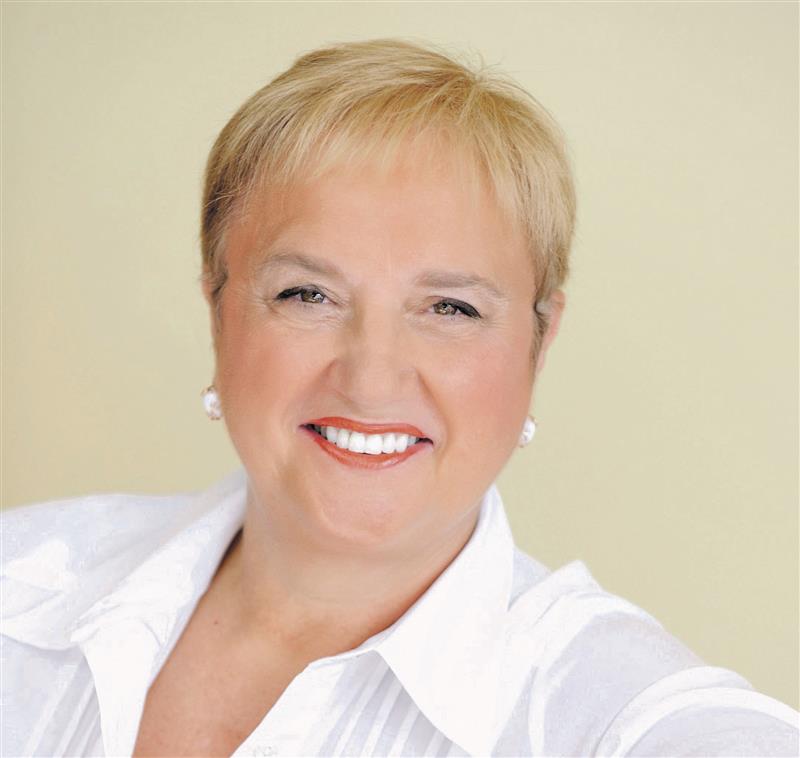

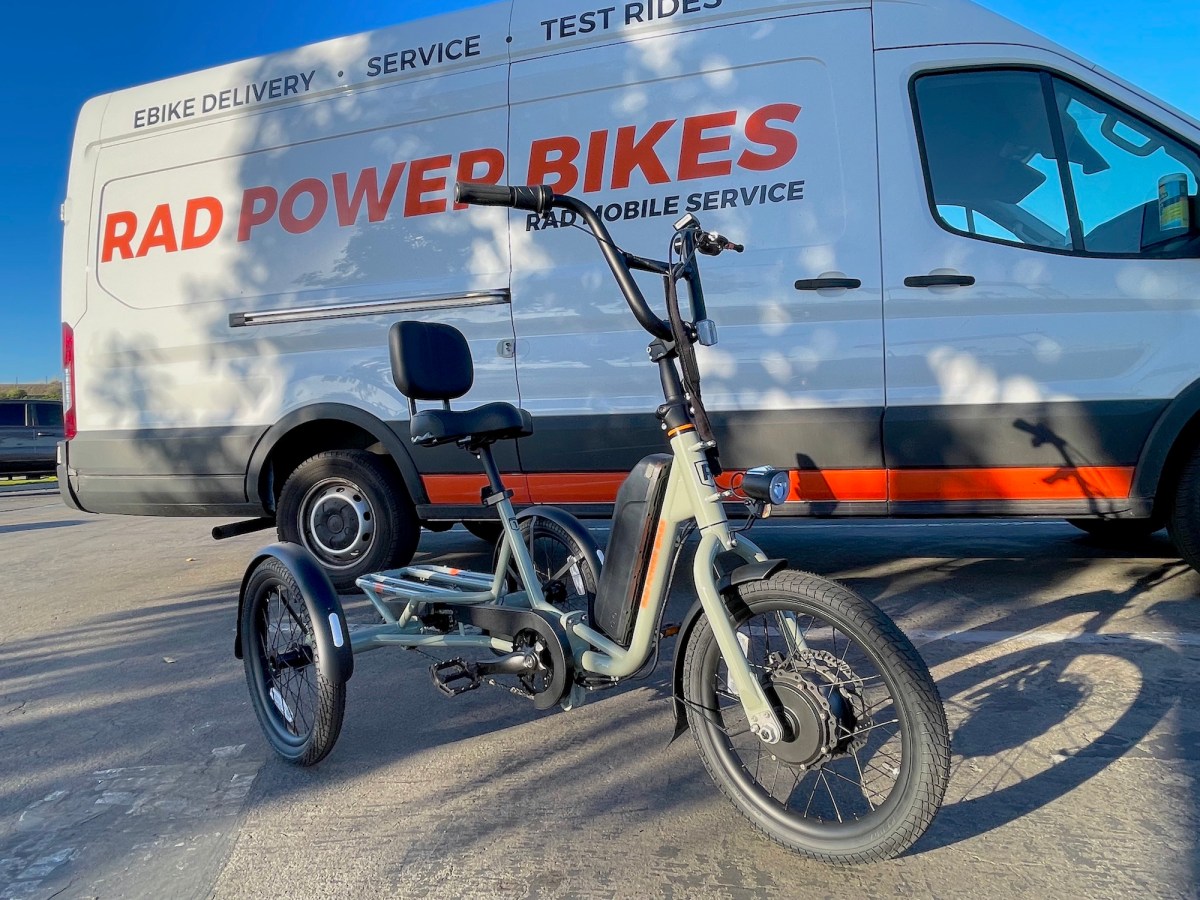














:quality(85):upscale()/2023/09/18/918/n/1922398/a1136b676508baddc752f5.20098216_.jpg)
:quality(85):upscale()/2025/10/09/670/n/1922283/00b944c868e7cf4f7b79b3.95741067_.jpg)
:quality(85):upscale()/2025/10/15/765/n/1922398/29c37a6e68efd84bb02f35.49541188_.jpg)
:quality(85):upscale()/2025/09/09/891/n/1922283/7222624268c08ccba1c9a3.01436482_.png)






